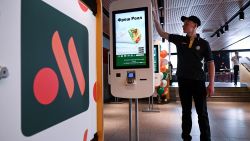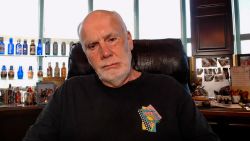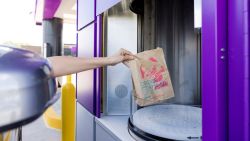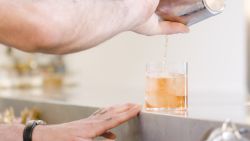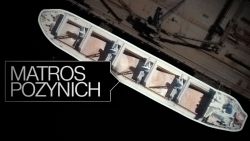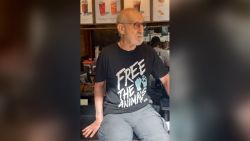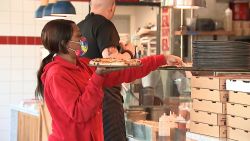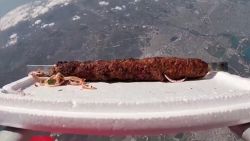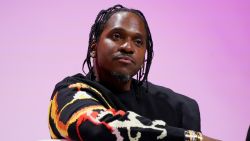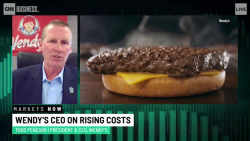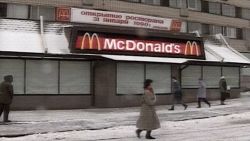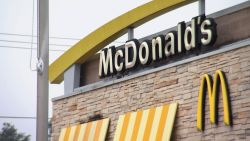In 2019, White Claw was the law. The brand exploded in growth last year, raking in roughly $1.5 billion in sales, which made it America’s top-selling hard seltzer. It was so popular last summer that some distributors reported a White Claw shortage.
People crave convenient drinks that are low in calories, sugar and carbohydrates. White Claw, which is produced by Mark Anthony Brands, fits the bill because each 12-ounce can has 100 calories and just 2 grams of carbs.
Competitors took notice, leading to new entrants and flavors within the last year. Boston Beer (SAM) revamped its Truly line to be “more drinkable without any lingering bitterness.” Anheuser-Busch InBev (BUD) added Natural Light Seltzer to its growing lineup and Molson Coors announced a beverage called Vizzy. There’s also spiked seltzers from Smirnoff, Two Roads Brewing and other smaller companies. All these drinks have similar nutritional content and are aimed at young drinkers who want something different from traditional alcoholic beverages, like beer or wine.
White Claw has remained dominant. But a growing number of competitors present the biggest challenge yet to White Claw. Nielsen predicts that the number of spiked seltzer brands will double this year.
Ready-to-drink cocktails, including spiked seltzer, are growing and will continue to grow for the forseeable future, according to a recent report from industry group IWSR. Sales for the category surged 50% last year. It’s now an $8 billion industry and sales are forecast to triple within the next three years.
Growth in the category will come from specialized seltzers, including drinks with higher-than-average alcohol content or drinks made with a health focus, according to Nielsen. Coors’ Vizzy, for example, will launch with an emphasis on the antioxidant vitamins that will be included in the drink’s ingredients.
Danny Brager, senior vice president of Nielsen’s Beverage Alcohol Practice Area, told CNN Business that the newer versions of spiked seltzers won’t be as popular as White Claw, but they will attract new drinkers and fuel growth for the beverage type.
“We don’t expect growth rates for hard seltzer to match those of summer 2019, as the base of business grows substantially,” he said, but he doesn’t think we’ve reached “peak” seltzer just yet.
“The entrance of new brands brings healthy competition to the industry,” he said. “Consumers will ultimately decide which brands will take the top spot.”
Some notable, deep-pocketed competitors are set to take on White Claw in 2020.
Bud Light Seltzer
Bud Light Seltzer first hit shelves last week and comes in four flavors, including black cherry, lemon lime, strawberry and mango. One can has 100 calories, 2 grams of carbs and 5% alcohol by volume, similar to its competitors.
To promote it, Anheuser Busch launched a humorous television campaign during the NFL playoff games, and the company has another planned for the Super Bowl. The ads are set in Seltzer, Pennsylvania, a real town. The mayor, however, is fake. The spots are meant to loyal Bud Light drinkers and new consumers.
“If you like Bud Light like me, you’ll love Bud Light Seltzer,” the actor says in the first part of a 45-second ad. He then says “If you don’t like Bud Light, you’ll love Bud Light Seltzer. There’s no Bud Light in it.”
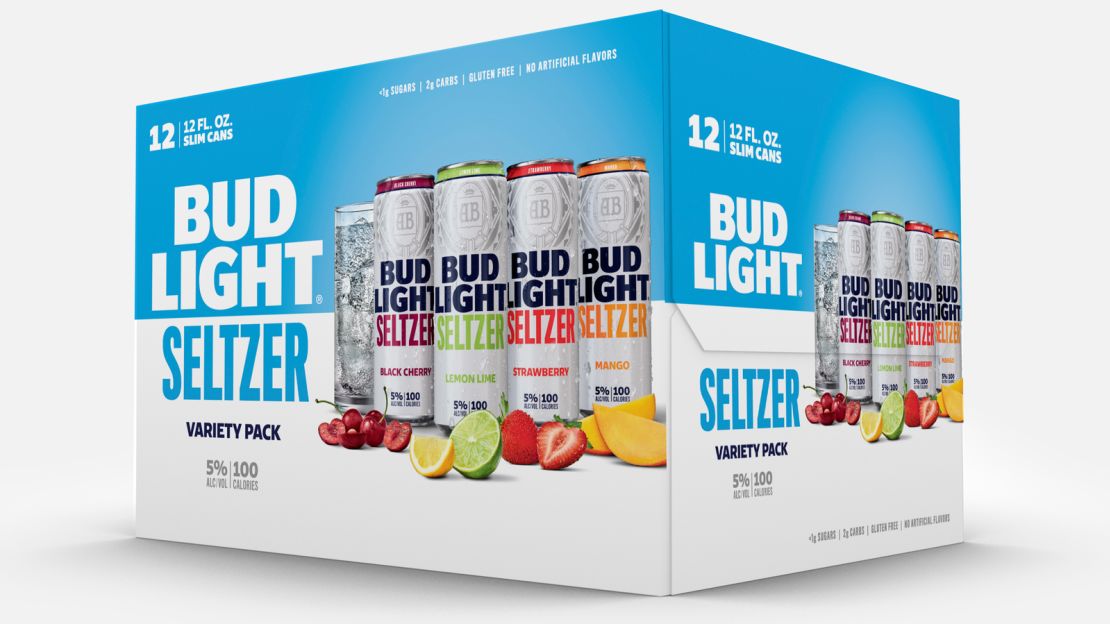
Andy Goeler, vice president of marketing for Bud Light, told CNN Business that the campaign is focused on helping people differentiate the seltzer from beer because it shares the Bud Light banner, which could cause some confusion.
“We have a marketing campaign that’s really built and based on answering questions that people have about seltzer, particularly Bud Light seltzer,” he said. “Our campaign that we’re running is designed in a fun way to answer questions that people have,” he said. (Bud Light also set up a toll-free phone number for people to call if they’re still confused about the drink.)
Anheuser Busch hopes that leveraging the Bud Light name makes it attractive to people who are looking for a spiked seltzer. “Bud Light’s got a lot of equity and a lot of awareness,” Goeler said. “Consumers have great respect for the brand name. They connect with it. So we’ve got a lot of equity that we can use by putting the Bud Light name on a seltzer product.”
Bud Light Seltzer is the company’s third seltzer brand, joining a beer-and-fruit flavored Natural Light seltzer and its original Bon & Viv brand. Bud Light Seltzer is more expensive than Natural Light and cheaper than Bon & Viv. Bud Light Seltzer costs around $14 for a case, but varies depending on the region.
The growth of those brands is helping Anheuser-Busch InBev diversify its portfolio away from solely relying on beer. Industry group IWSR reported last week that beer sales fell 2.3% last year, its fourth year of decreases. Sales of domestic beer brands fell sharply at 3.1% it said.
Molson Coors’ Vizzy
Molson Coors is also looking to tap into the spiked seltzer craze. The company recently said it’s “investing millions” to launch Vizzy, which will come in four flavors when it rolls out in March: black cherry lime, blueberry pomegranate, strawberry kiwi and pineapple mango.
Similar to other competitors, each 12-ounce can will have 100 calories and 1 gram of sugar. Molson Coors is taking a healthy-ish approach to Vizzy to differentiate it from other spiked seltzers. Molson Coors is aiming to imitate non-alcoholic drinks that boast about positive additives, so it’s brewing Vizzy with acerola cherry, a fruit the company claims is high in antioxidants.
“With Vizzy, we’re cutting through the sea of sameness in the hard seltzer category, where most products have a similar visual identity and proposition,” said Dilini Fernando, Molson Coors’ director of portfolio and brand strategy, in a release.
Vizzy will be Molson Coors’ second brand, which also includes Henry’s Hard Sparkling. The drink is similar to other spiked seltzers on the market in terms of ingredients, nutrition and flavors.
Molson Coors admitted that the little-known brand isn’t performing well enough for the company to capture a larger market share. Sofia Colucci, vice president of innovation for the company, said that having Henry’s is “simply not enough as we think of the trajectory and the opportunity in this category.”
“We need to do more, and Vizzy is a key part of our plan to double down on seltzers and come in with differentiated and consumer-relevant propositions,” she said.
Corona Hard Seltzer
Just like Bud Light Seltzer, Corona is hoping its name recognition carries over into its upcoming seltzer line.
Corona Hard Seltzer will get a $40 million marketing launch from owner Constellation Brands (STZ). It will come in four flavors: tropical lime, mango, cherry and blackberry lime. A 12-ounce can will have 90 calories, zero carbs and zero sugar.
Bill Newlands, CEO of Constellation, said in the company’s most recent earnings call that it decided to use the Corona name because it has “unbelievably strong brand equity” with drinkers between the ages of 21 and 54.
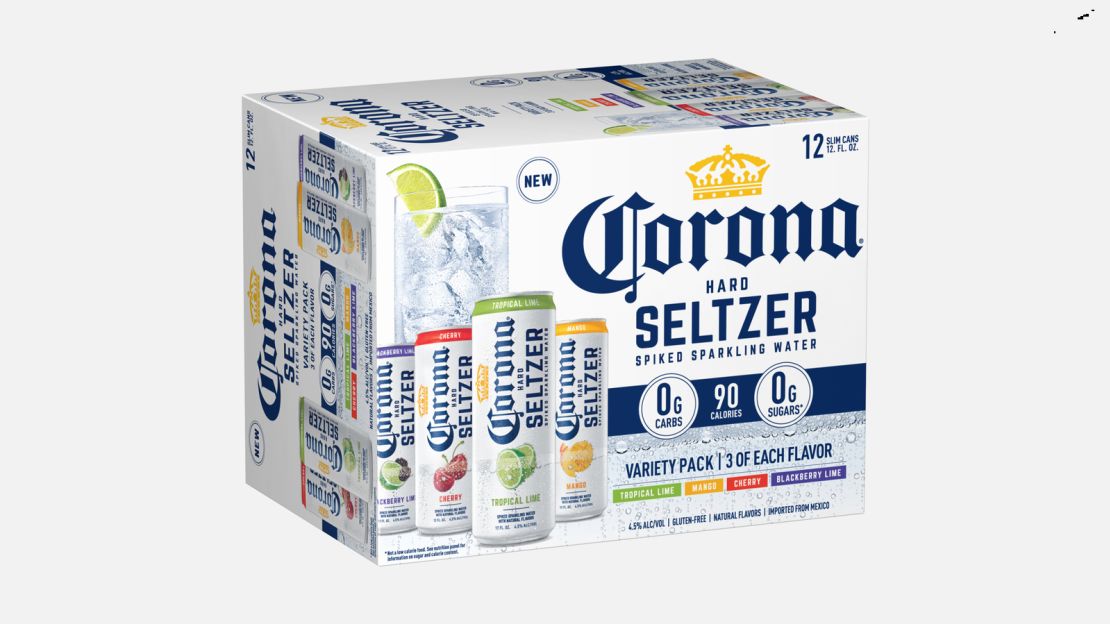
“The refreshment characteristics of seltzers perfectly match Corona refreshment DNA,” he said. “We believe that seltzers are here to stay.”
Newlands said that Corona Hard Seltzer will be an “additive to our overall portfolio” and won’t cannibalize Corona’s other beers, including low-carb Corona Premiere. Constellation said that Corona and Modelo continue to be bright spots for the company because sales of its cheap wines are declining.
– CNN Business’ Danielle Wiener-Bronner contributed to this report.




